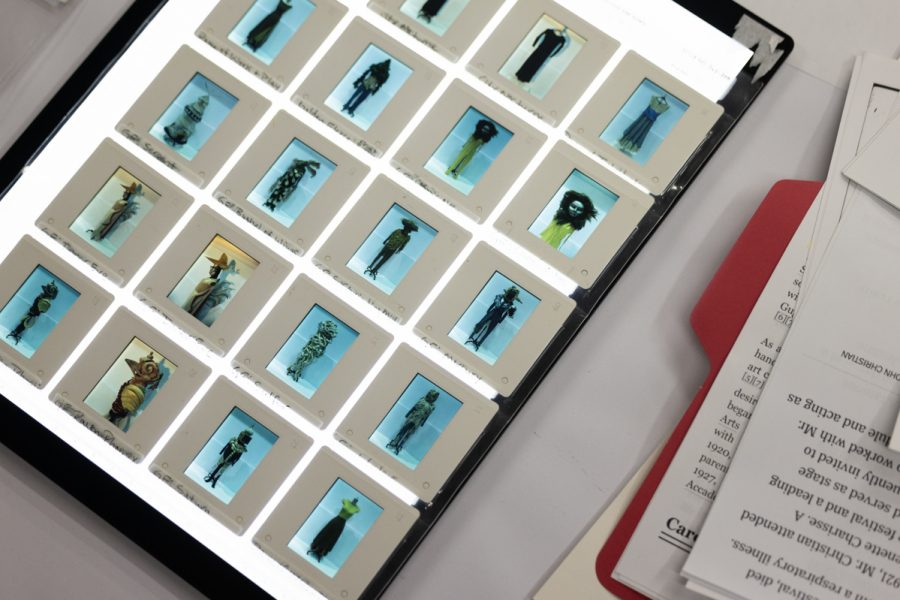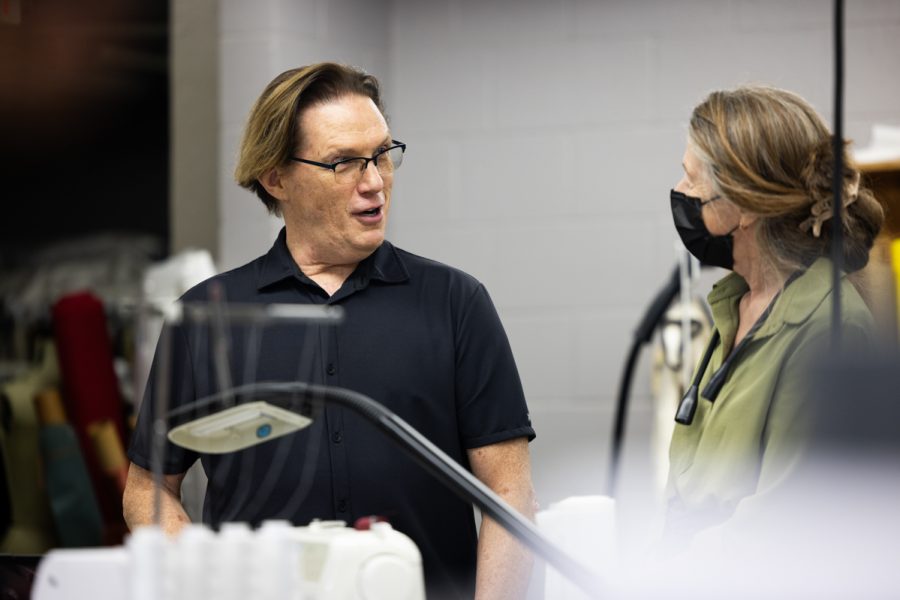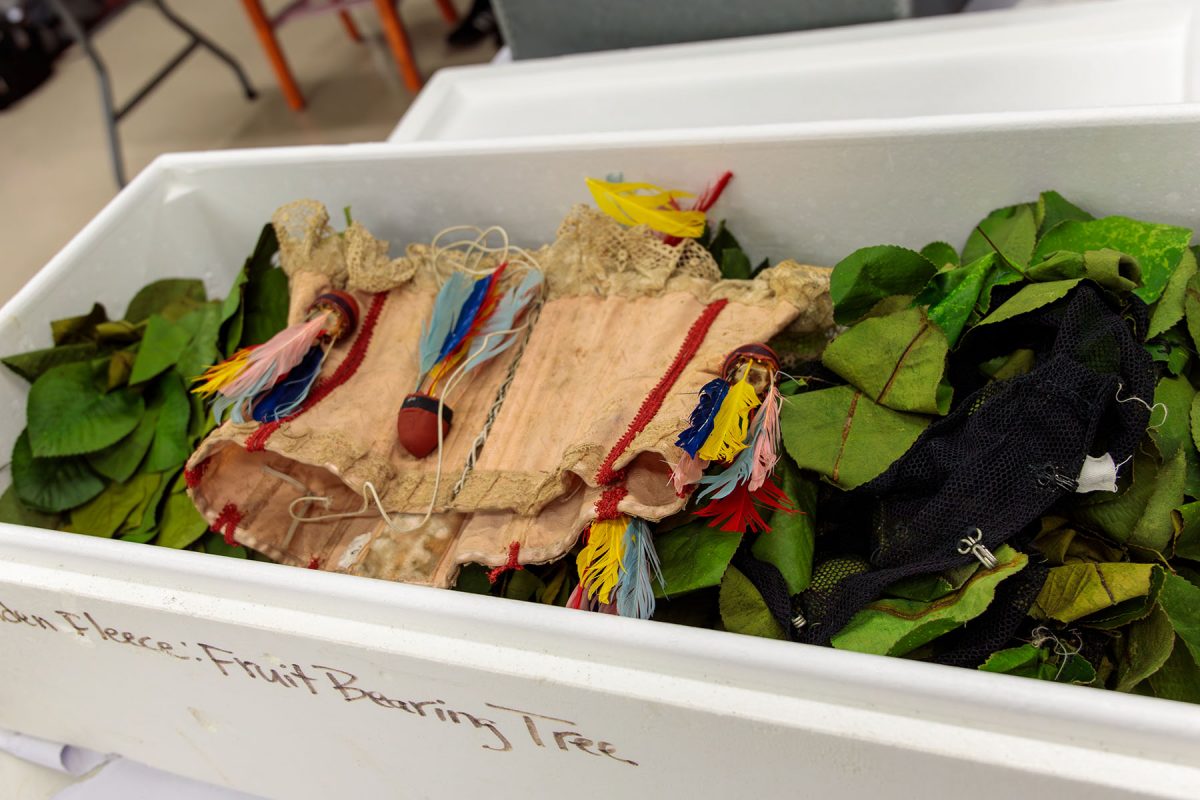Florida State University's School of Dance is home to a rare collection of costumes and ephemera that serves as a valuable resource for FSU students and faculty.
The collection, which includes costumes dating back to the early 1900s, offers a tangible link to the evolution of modern dance in America while also offering national researchers access to valuable dance resources.
"Dance is such an ephemeral art form, but when you can actually touch and see the costumes that were used in the 1930s, it makes it more concrete," said Tim Glenn, a School of Dance professor who teaches movement analysis and dance technique at FSU. "You can see the fashions, the techniques and how fabrics were used and dyed to create the costuming of modern dances from our past."
The School of Dance costume shop houses two major costume collections: The Killinger Collection: Costumes of Denishawn and Ted Shawn and His Men Dancers; and The Costumes of the Hanya Holm Collection.

The Hanya Holm Collection includes costumes and collectables from the works of Holm, who is celebrated as one of the "Big Four" founders of American modern dance. The collection includes costumes by important surrealist painter Kurt Seligmann for the Holm Company, as well as pieces from the Don Redlich Dance Company, which Holm choreographed for.
Recently, Mary Anne Santos Newhall, a distinguished professor emeritus of dance, history and criticism, and contemporary dance from the University of New Mexico, visited to explore this rare and historically significant collection linked to modern dance pioneer Hanya Holm.
"I knew that there was a remarkable collection here," Newhall said. "I didn't know how remarkable until we actually came and saw it in person. The collections that the School of Dance holds are so valuable for the field and for the history of dance, and I don't know anywhere else that has quite this particular legacy of early modern dance."
Newhall is currently working on reconstructing Holm's 1937 masterwork "Trend."
"The costumes are the only lasting remnants of a performance," she said. "When you put together a photograph with the costume itself, you really begin to feel the life of the work again."
The collection is maintained by Katrina Lundquist, costume shop manager for the School of Dance, who described the care required to preserve the delicate garments.
"They're wrapped in acid-free paper and stored in a temperature- and moisture-controlled space," she said. "Even handling them requires gloves or thoroughly washed hands. If someone tried to dance in one of these, it would likely fall apart at the seams."
Lundquist noted that the collection represents a turning point in costume design.
"Originally, costumes were just the nice clothing dancers had," she said. "But this collection represents a shift - where designers began thinking abstractly about how color and fabric movement could express emotion and enhance choreography. It means we can watch how the past evolved into our present and use that knowledge to shape the future. It's exciting to see researchers come in and be so moved by what we have here. We're learning from them just as much as they're learning from us."
Glenn highlighted that the collection aids in tracing the genealogy of modern dance for students and researchers.
"I feel as if I'm sort of a distant cousin of modern dance with Mary Anne," Glenn said. "We've both studied with people who were largely influenced by Hanya Holm. I studied with Alwin Nikolais, who studied with Hanya Holm. It's part of a German lineage that came from Mary Wigman to Holm, to Nikolais, to me - and I share that with my students here at Florida State."
Newhall is among numerous researchers who have drawn valuable insights from collections like the Hanya Holm Collection, underscoring FSU's standing in the field that provides national researchers access to valuable dance resources.

"The staff here at FSU are wonderful to work with," Newhall said. "The value of the materials and access to them is immeasurable. Some of these things are priceless. I hope that this is the beginning of a long-term relationship with FSU."










